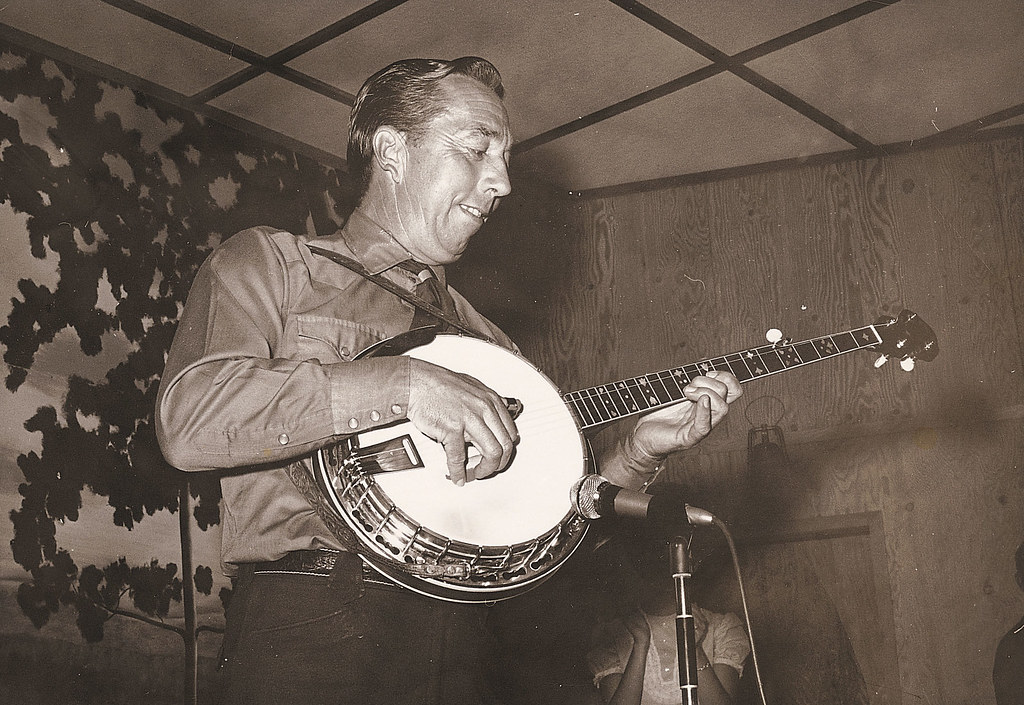The banjo is an iconic musical instrument that has a rich history and cultural significance. Its unique sound and style have captivated audiences for centuries, and it has played a vital role in the development of American music. Banjo history is fascinating, so lets jump right in.

Origins of the Banjo
The exact origins of the banjo are uncertain, but it is believed to have evolved from an African instrument called the “Akonting.” The Akonting was a stringed instrument with a gourd body and a long neck that was played by the Jola people of West Africa. Enslaved Africans brought the instrument with them to America, where it was eventually adapted and transformed into the banjo.
Early Banjo Development
In the 18th century, the banjo began to emerge as a distinct instrument in America. It was used primarily in slave communities and played a significant role in the development of African American music. The earliest banjos were constructed with a gourd body and a long neck made from a single piece of wood.
As the instrument evolved, so did its construction. By the mid-19th century, banjos were being produced with metal strings and a wooden resonator, which increased the volume and projection of the sound.
Banjos in American Music
The banjo has played a significant role in the development of American music, particularly in genres such as bluegrass, folk, and country. It was a popular instrument in minstrel shows during the 19th century, where white performers would don blackface and parody African American music.
In the early 20th century, the banjo became a staple in jazz music. Artists such as Louis Armstrong and Duke Ellington incorporated the instrument into their compositions, helping to popularize it with a broader audience.
During the folk revival of the 1960s, the banjo experienced a resurgence in popularity. Artists such as Pete Seeger and Joan Baez used the instrument to accompany their protest songs, and it became a symbol of counterculture and political activism.
Types of Banjos
There are several types of banjos, each with its unique sound and style. The four most common types of banjos are:
- Open-Back Banjos – These banjos do not have a resonator, giving them a softer, mellower sound.
- Resonator Banjos – These banjos have a wooden or metal resonator attached to the back of the instrument, providing a louder and brighter sound.
- Tenor Banjos – These banjos have a shorter neck and are tuned differently than other banjos. They were popular in the early 20th century and were used in jazz and traditional Irish music.
- Five-String Banjos – These banjos are the most common type and are used in bluegrass, folk, and country music. They have five strings, with the fifth string serving as a drone string.
Conclusion
The banjo is a unique and iconic instrument that has a rich history and cultural significance. Its evolution and development reflect the diverse influences and contributions of different cultures and communities throughout history. Today, the banjo continues to be an important part of American music, and its popularity shows no signs of waning.
More Banjo Articles
Who was the first person to play the banjo in a professional recording?
